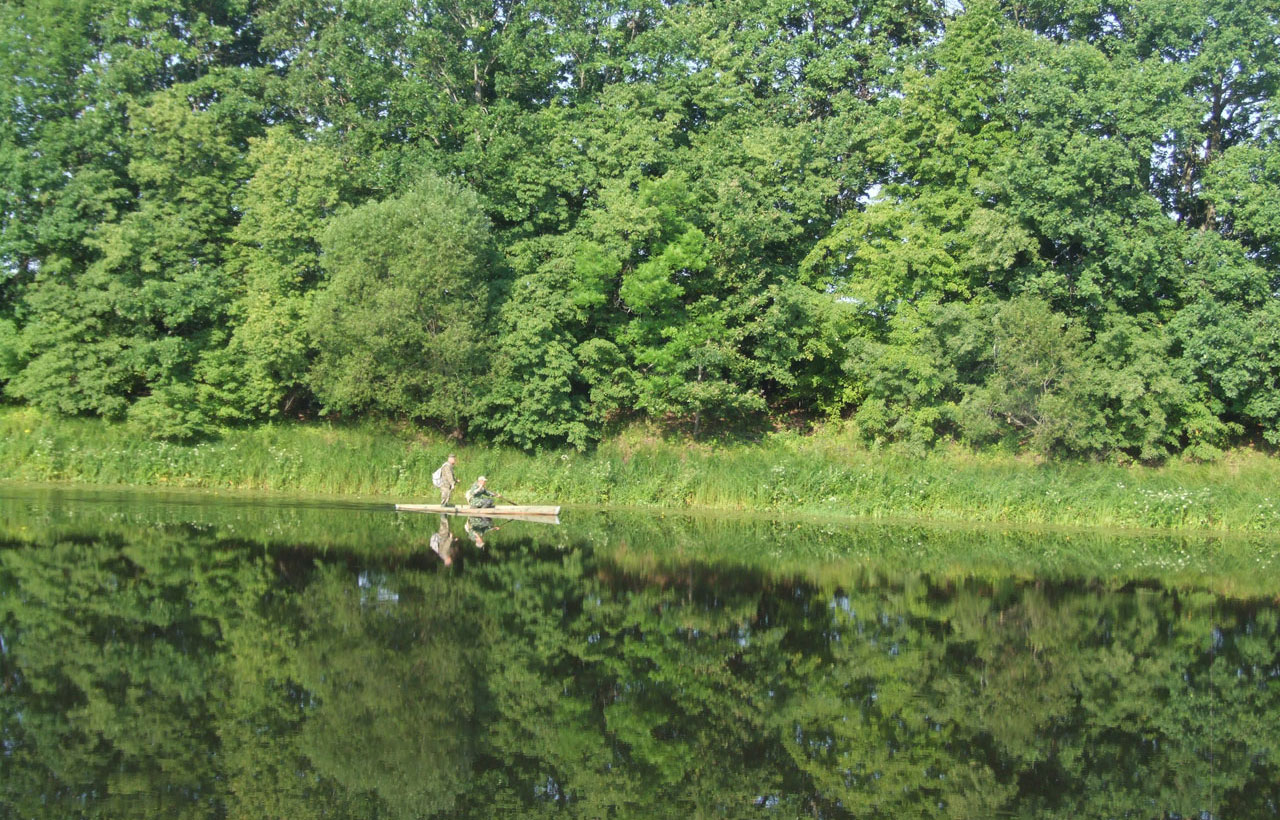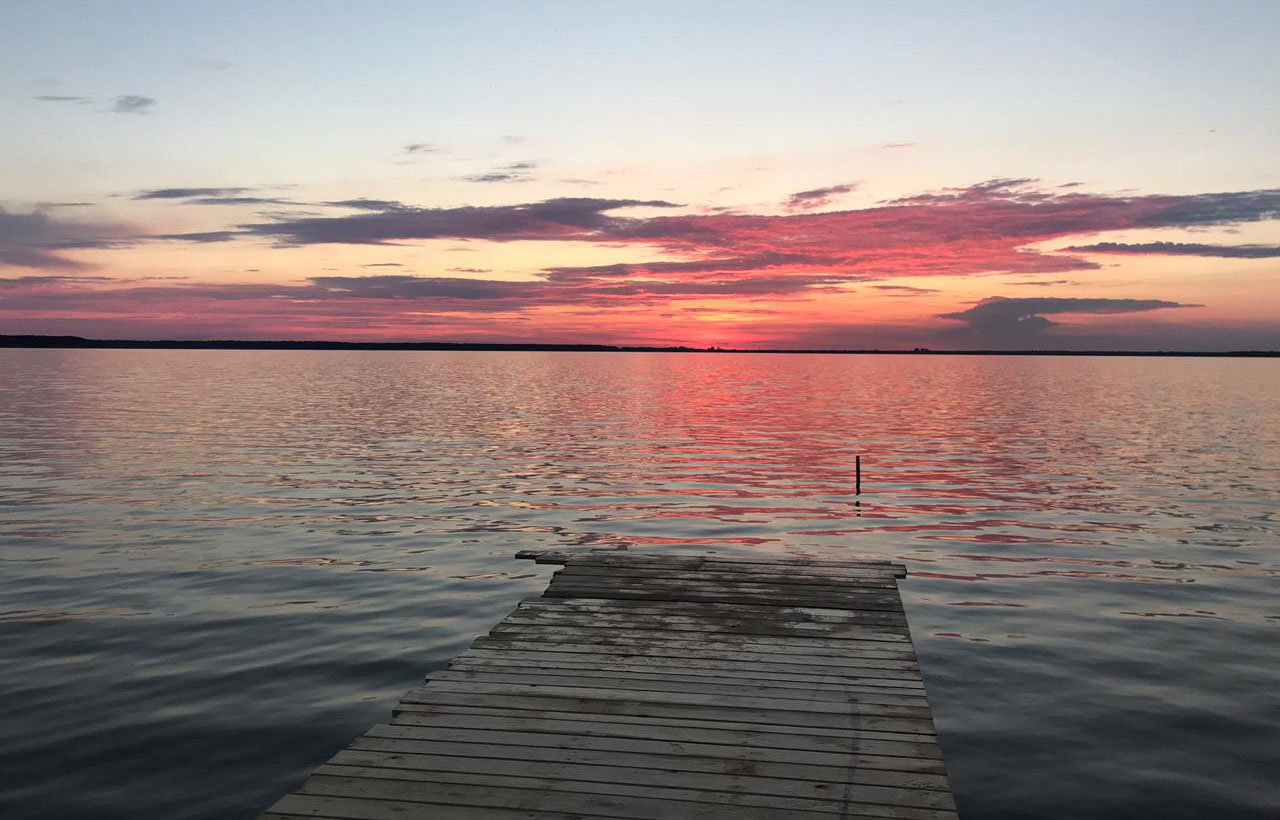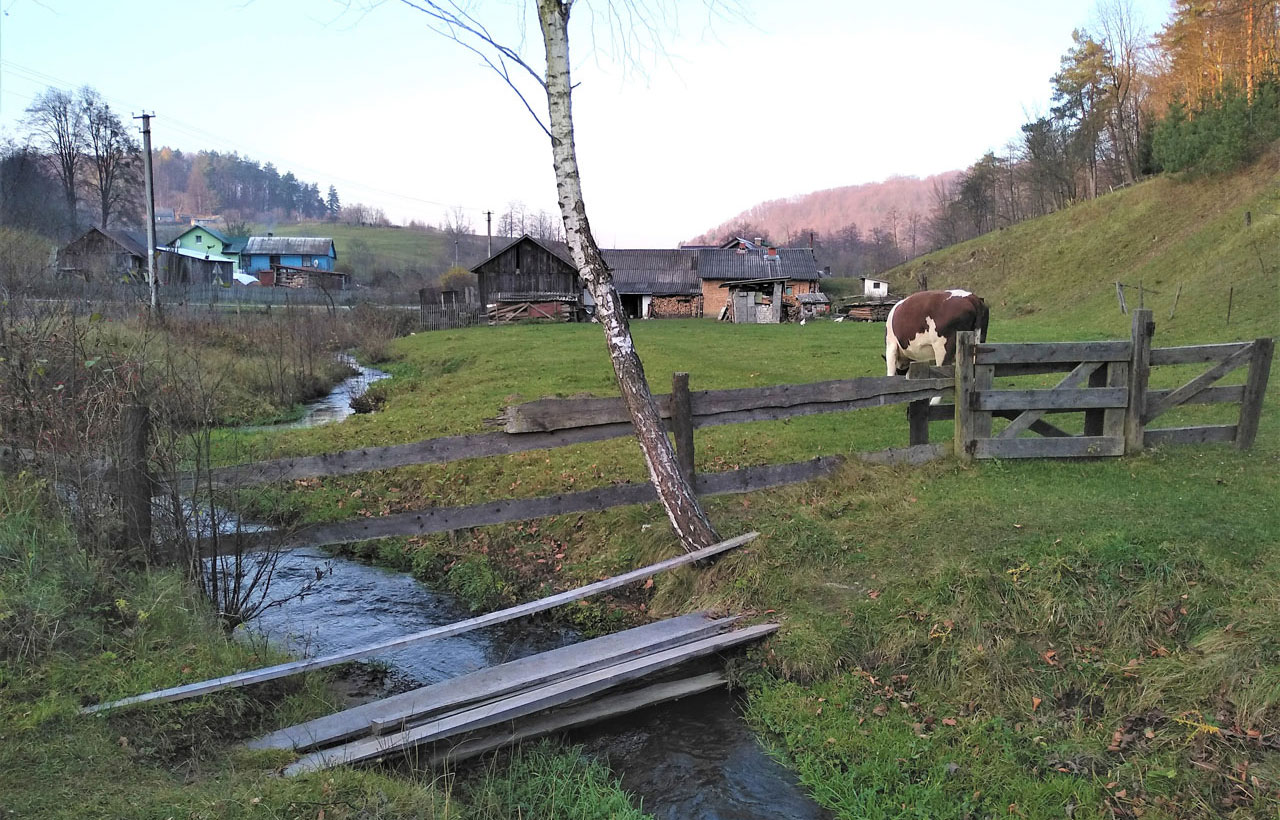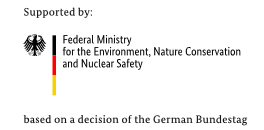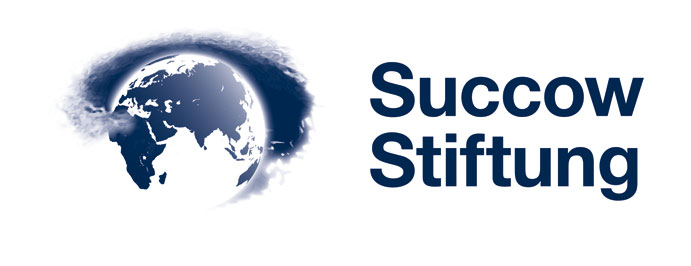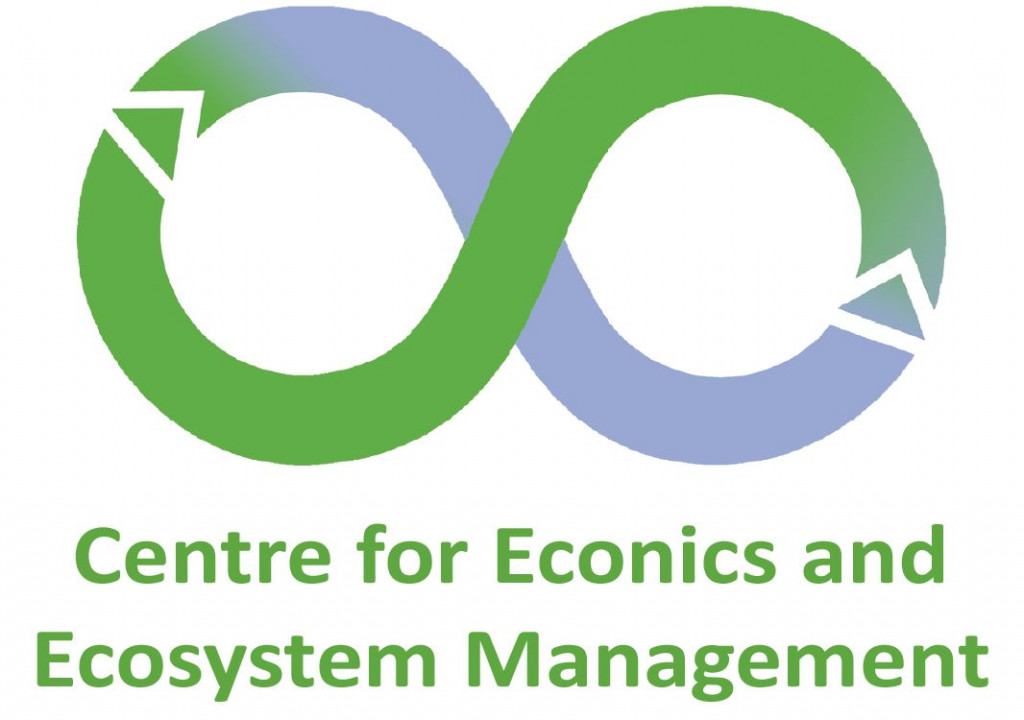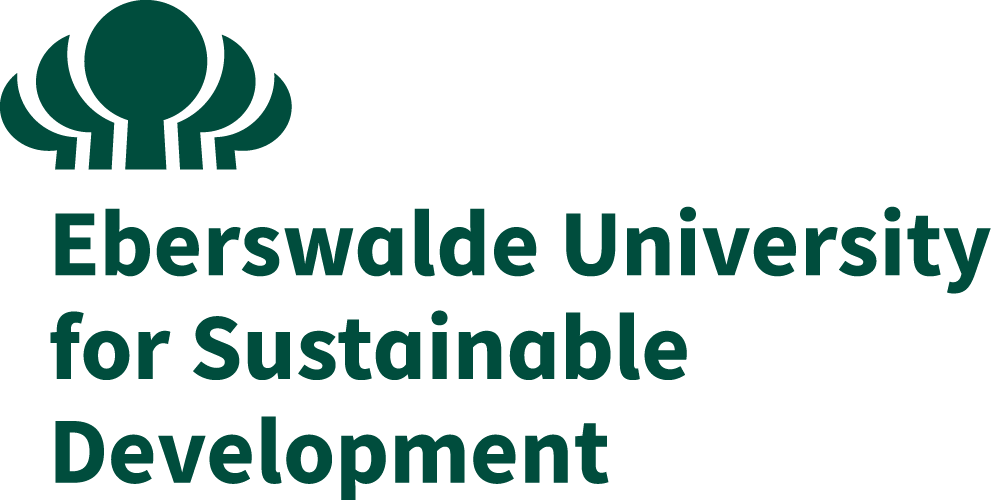Ecosystem-based Adaptation to Climate Change and Regional Sustainable Development by empowering Ukrainian Biosphere Reserves
Background
Ukraine features diverse ecosystems indispensable for sustaining human livelihoods. Such ecosystems are already facing over-exploitation, unsustainable land use and are increasingly affected by climate change, driving stresses on ecosystem functionality and increasing vulnerability. This directly affects human well-being and the economy. In the face of such developments, both protection and restoration of ecosystems buffering and regulating capacities are urgently needed. Currently, ecosystem-based adaptation (EbA) to climate change (CC) is not yet integrated consistently into national and regional environmental policy, strategic planning and mainstream land use practices. UNESCO Biosphere Reserves (BRs), recognized model sites for sustainable development, are excellent model regions for testing EbA practices. Ukraine’s BRs represent different geographical and ecological regions, socioeconomic conditions as well as resource use driven challenges. However, in the public opinion they are often rather perceived as strict nature conservation sites than learning sites for ecosystem-based sustainable development.
Project Areas
In rural Ukraine, the project will operate in three target areas. These are the Desna Biosphere Reserve, the Roztochya Biosphere Reserve and the Shatskyi Biosphere Reserve.
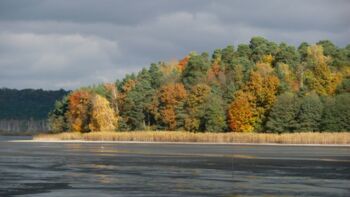
The Roztochya Biosphere Reserve was recognized by UNESCO in 2011. In June 2019 the biosphere reserve became transboundary (Polish and Ukrainian part). It is located in the western part of the province of Lviv in western Ukraine and includes the southern part of the Roztochya ecoregion shared with Poland. As part of the main European watershed (between the Black Sea and the Baltic Sea), it covers an area of about 75,000 ha. Forests cover about 47% of the biosphere reserve, the remaining area consists of agriculture, cultivated forests and settlements.
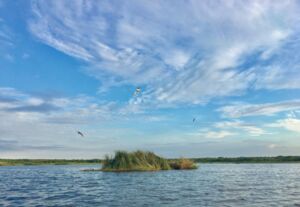
The Shatskiy Biosphere Reserve (cross-border biosphere reserve West Polesie) lies in the border triangle between Belarus, Poland and Ukraine. The Shatskiy National Park forms the Ukrainian part of the West Polesie Biosphere Reserve. This area has an area of about 75,000 ha. The national park is characterized by lakes, moors and forests.

The Desnianskyi Biosphere Reserve is located in the Eastern Polesia, in the middle stream of the Desna River - one of the largest arms of the Dnipro and one of the last large unregulated watercourses in Europe. The area of around 60,000 ha represents the basic landscape types of the eastern Polesie lowlands: Rivers, lakes, floodplains, bogs, marsh meadows, pine forests, deciduous forests and mixed forests.
Project Goals
The project aims at integrating an EbA-informed approach to national and regional planning and action, leading to better adapted land-use and wide-ranging sustainable development. The expected outcome is to empower three BRs in three different ecoregions – Desnianskiy, Roztochya and Shatskiy (West Polesie) – for becoming role models that catalyze the introduction of a new type of participatory and adaptive ecosystem management in the wider landscape. The project is aiming at three main outputs, including: (I) increasing local knowledge on climate change, its impacts and EbA by (II) developing strategies, human capacities and networks, so that biosphere reserves can lead processes of participatory EbA-informed landscape planning and practices and (III) elaborating policy proposals for integrating principles of EbA into environmental legislation and ecosystem management. Actions for the realization of such outputs are integrated and mutually supportive.
Project Content & Activities
Participatory, ecosystem-based situation analysis & strategy development (stakeholder workshops, MARISCO-method)
Publication of information materials
EbA training for Ukrainian BR staff
Initiation, implementation and monitoring of concrete pilot projects (EbA to CC)
Participation at international conferences (EuroMAB, Adaptation Futures)
Basic research and GIS data analysis
Visualization of GIS-based strategy maps
Ecosystem services analysis
Policy development
Dialogue and continuous work exchange with political partners including political events and steering committee meetings
Analysis of relevant political and juridical framework
Development of draft strategy paper for integration of EbA into planning and legal framework (on national level)
External project evaluation and final event with political partners
